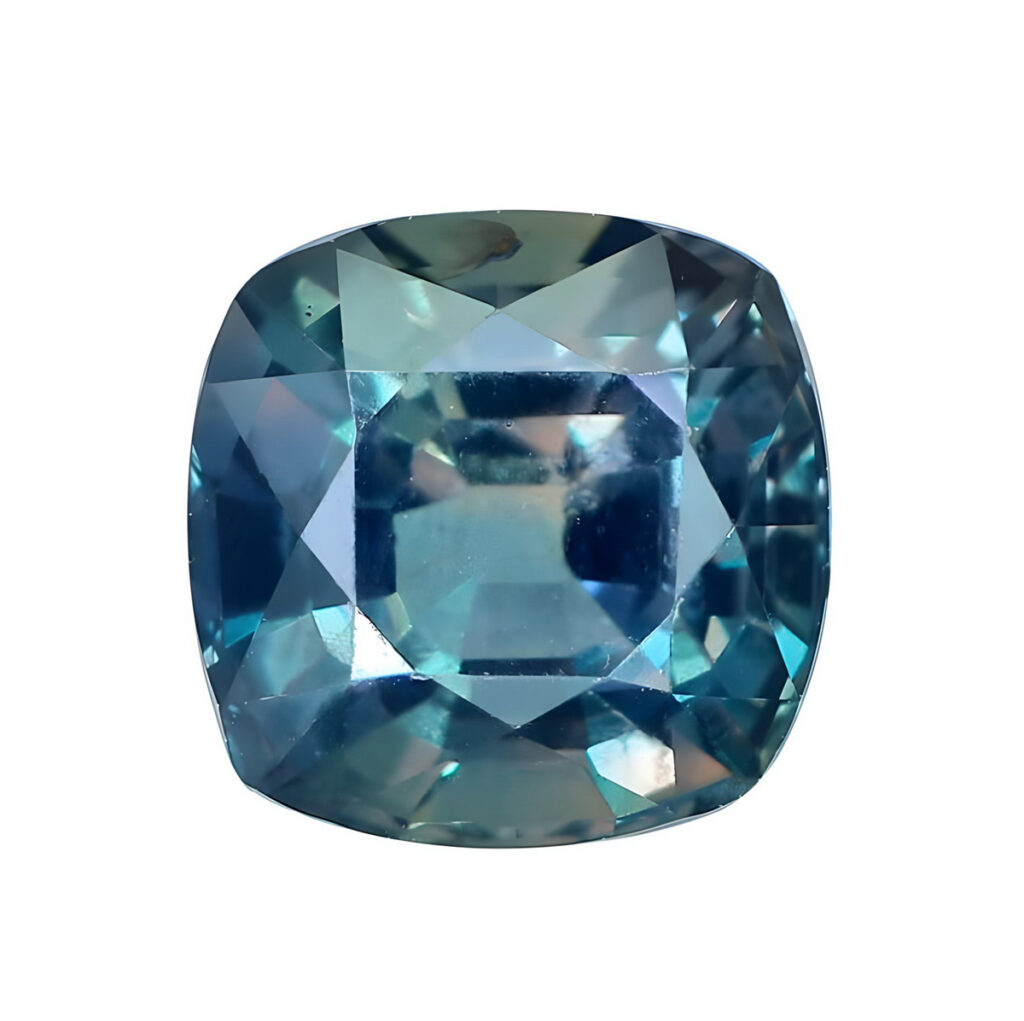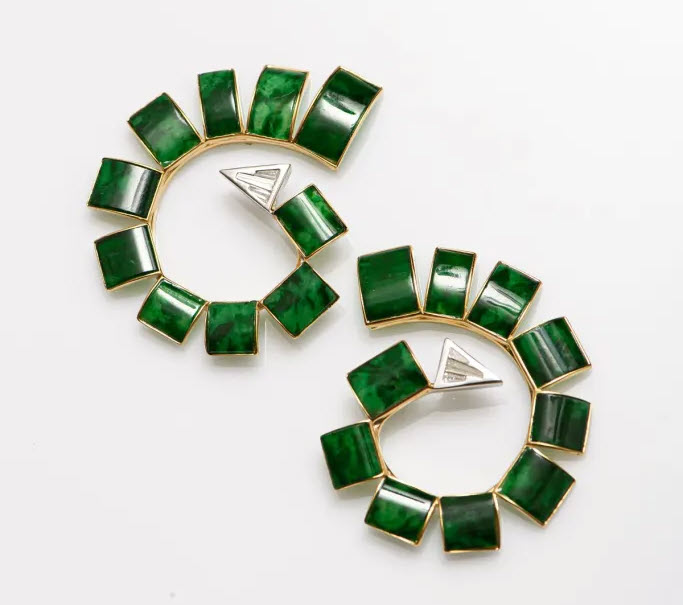It’s certainly seldom that one encounters authentic antique jewellery in Bangkok.
Bangkok is seen as a production hub for modern jewellery. Many international brands have chosen Thailand as their manufacturing base.
However, will we find a market for fine antique jewellery or would it only feed more replicas and reproductions into the market? It’s a fine balance and a risky one, yet it’s a question that needs to be cautiously addressed.
In the past, there has been some resistance in the Asian and Thai markets to acquiring antique jewellery. Culturally, Thais prefer not to purchase pre-owned jewellery for auspicious reasons. However, recently jewellery specialists have seen a shift in consumer attitudes toward acquiring antique jewellery.
According to Z. Boyadjian, Founder and CEO of Gems Are Forever Inc., Beverly Hills, California, a leading specialist in the luxury gems and jewellery industry, “In the last five years or so, things have been changing. People look for different options to invest in, other than what traditionally has been available to them.”
When it comes to reproductions, Thailand is pervaded with crude copies that may seemingly pose a threat to the antiques trade.
Since copies are often easy to detect, it is not the process of copying that is the real crux of the problem — it’s style counterfeits and misrepresentation.
Asian consumers need to become more aware of the workmanship of handcrafted pieces and the reasons why antique jewellery is highly collectable compared to designs in the antique style made with modern production techniques.
The skills of the artisanal craftsman and goldsmith are in tighter supply. A piece of jewellery carries value beyond the number of carats, the name of the designer and the purity of the metals.
The most exciting aspect of antique jewellery is the provenance of the piece. If one can successfully research a hallmark or identify a signature for a client, the historical value of the piece has increased. Often the source of personal stories, history and mysticism that surrounds the piece is equally, if not more compelling than its intrinsic value.

There are many intimate and luxurious details that make antique pieces far more collectable. Often rings and brooches have hidden qualities on the reverse side, which can only be discovered by being handled. Small diamonds might cover parts of hinges that bring together a complex design. Quality antique stones would almost always be set in an exceptionally fine handcrafted mount.
Boyadjian of Gems Are Forever says “Most collectors buy for the unique designs that appeal to their taste, but soon realize that the stones used in these pieces, if they were to be replaced, cost much more than what they paid because it is hard to match the quality and cut used in that era.”
The craftsmanship and skills found in older pieces of jewellery may not be found in modern jewellery.
“If you’re purchasing top quality period jewels that are handmade and beautifully rendered, it is almost certain that the stones are of great quality and are collectable,” says Marianne Fisher of Paul Fisher Jewellery.
Aiming to further establish antique jewellery as an important sector in Asia was the February-March 2019 Hong Kong International Jewellery Show, which showcased 150 international antique and estate jewellery dealers. International visitors have the opportunity to appreciate and acquire one-of-a-kind pieces that you won’t find anywhere else.

According to dealers at the show, fine pieces from the Art Deco (circa 1910-1939) and Edwardian (1901-1910) periods sell best and jewellery from the Retro period (1940-1950) has enjoyed a tremendous revival of interest in the Asian market. Some collectors are drawn towards the Art Deco platinum tubular and geometrical designs and some like the Retro multi-colour rose and yellow gold as shown from the collection of Gems Are Forever Inc. (Figure 2).
Exhibiting at the show was Paul Fisher, a reputable fifth generation business based in the USA dealing in fine antique jewellery, gemstones and natural pearls. Highlights of Paul Fisher’s exhibition include an exceptional and rare 48ct Lightning Ridge Australian Opal mounted with a surround of old mine diamonds (Figure 3). “Opals of this size and colour flashes are extremely rare,” says Marianne Fisher, daughter of Paul Fisher. Other notable pieces from Paul Fisher include a wide band platinum bracelet in vogue from the 1920s set with calibré sapphires within a linear abstract design (Figure 4).


Fisher says, “From my 30 years of experience of doing trade shows and visiting jewellers in Asia I see a great demand and appreciation for antique (period) jewellery pieces. Fisher added, “I believe it’s a growing market as people appreciate the fine craftsmanship of the older pieces and recognize that they are far more unusual, better made and usually less expensive than the modern pieces.”
During the Art Deco period, jewellers cast aside the floral embellishments of the Edwardian and Art Nouveau periods in favour of the clean sharp lines of modernity. Later in the Art Deco period, jewellery design acquired a more structural component where clips and double clip brooches garnered popularity. Designers emphasized colour contrasts and geometry in their designs and often used carved rock crystal alongside diamonds, to accentuate the diamonds’ brilliant lustre. The Cartier Art Deco green tourmaline and diamond clips from Paul Fisher’s collection typify this period (Figure 5).

Exceptional pieces by Andrew Grima have also attracted the spotlight. For those who aren’t familiar with Grima’s work, Andrew Grima was an Anglo-Italian jewellery designer who re-energized British jewellery in the 1960s with his bold, audacious, modern designs that vibrated with textured gold work, and colourful semi-precious stones showcased in their rough uncut state. Trafalgar Jewellers, a UK based antique jeweller, has showcased an impressive inventory of jewels including an amethyst geode brooch made during the height of Grima’s career (Figure 6.). Edgy and exciting, the use of uncut stones, rough crystals, and textured gold was used abundantly by Grima throughout his work in the 1960s and 1970s. Stones were chosen for their chromatic interest as opposed to their intrinsic value. Moulded into decorative abstract forms, Grima’s work epitomizes the modern concept of ‘wearable sculpture’ and the cultural and social milieu of the time.

Ultimately, in order to differentiate between mass produced and fine period pieces, training your eye to see the details and feeling the piece to best determine its quality, are paramount.
Auctions are especially good places to glean practical information as you’re allowed to handle and examine the jewellery closely before the sale. Talking to auction jewellery specialists and dealers is a great way to find out what is collectable, rare and hard to find. To become a new collector of period jewels, Boyadjian advises, “the first consideration should be to collect jewellery that appeals to your taste since you might be wearing it.”
He continues, “The second consideration should be the popularity and value of the jewellery item you acquire in case you decide to resell or trade it for a different piece.
“Purchasing a piece of Art Deco estate jewellery could be a safe investment, if it is authenticated and purchased at a reasonable price and from a reputable, established company.
The safest price band for novice collectors would be a retail value for items from (in U.S. dollars) $1,000 to $10,000, most popular around $5,000.”
Indeed, education and exposure are imperative in cultivating the taste for antique jewellery in Thailand. Boyadjian added, “We need to show people the beauty and value of investing in authentic antique jewellery that holds intrinsic value, derived from its rarity and from market demand, instead of buying replicas and reproduction pieces that are available in large numbers and hold value only for their copied design and material value (metal and stones). Antique jewellery has and holds intrinsic value. Replicas and reproductions don’t.”
Always one step ahead, the Asian Institute of Gemological Sciences (AIGS) in Bangkok will introduce day courses in the History of Jewellery Design & Antique Jewellery, which will add a new level of knowledge and opportunity to the Bangkok trade. In time, perhaps the public will begin to understand the context of creations and familiarize themselves with the historical development of jewellery styles. In this way, antique jewellery has the potential to inspire a new generation of collectors as well as designers to create more original pieces, moving away from mass production.
Disclaimer: Any opinions expressed by the author are entirely her own.













